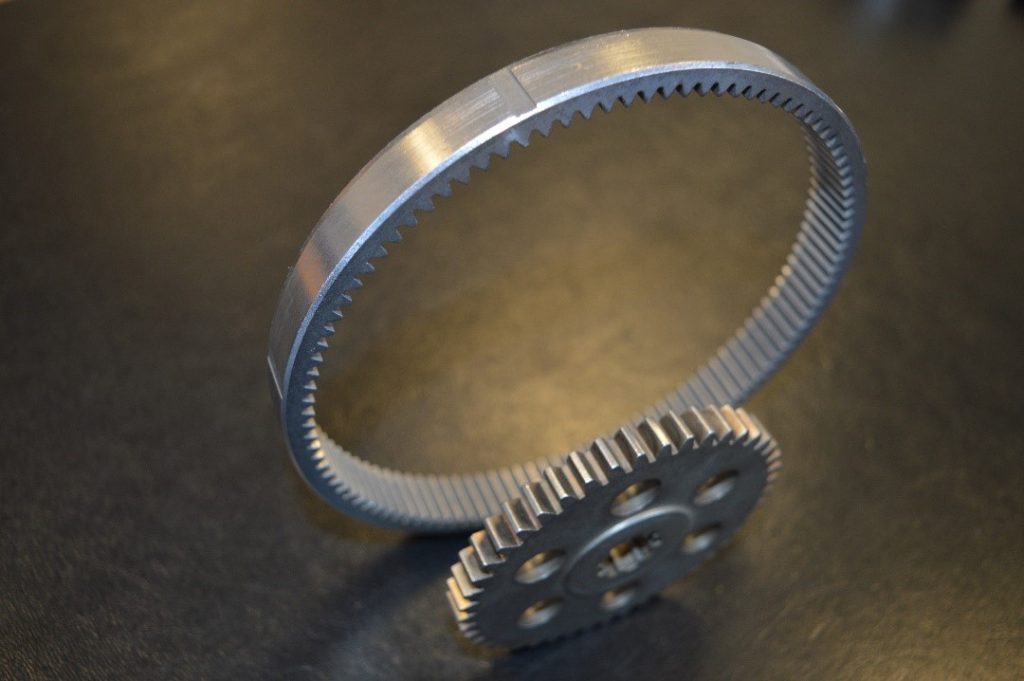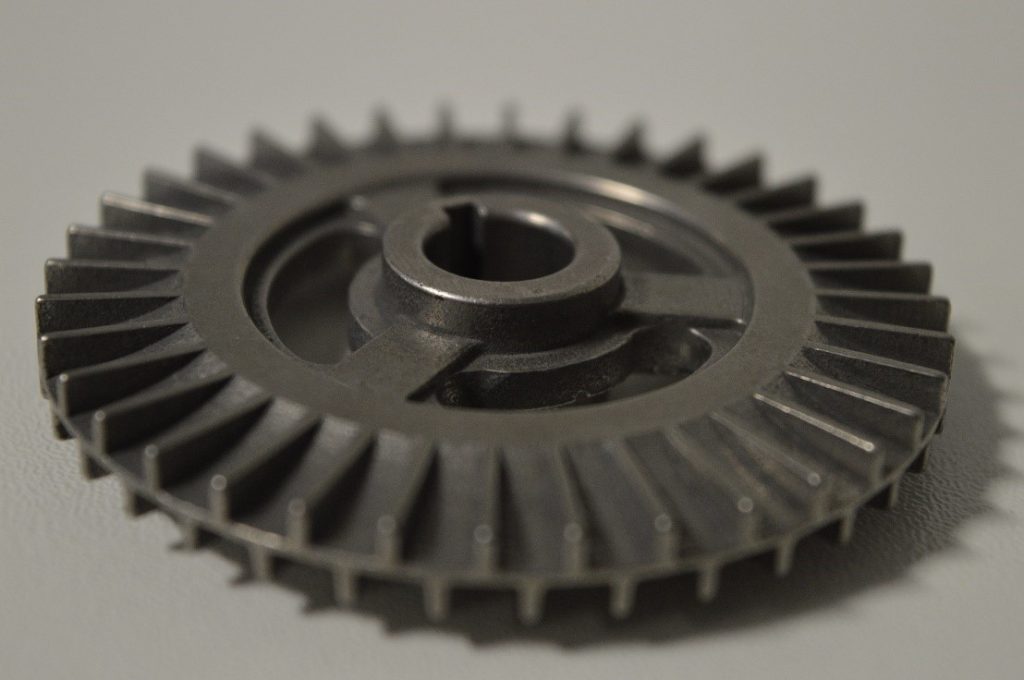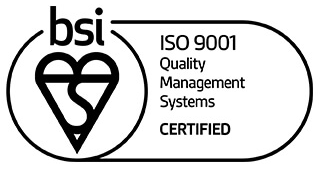Spotlight on Heat Treatments
Reducing overhead costs and administration, as well as consolidation of the supplier base, are important elements of the added-value service that we provide here at Dean Group. Additional processes such as heat treatment, machining and assembly are provided in order to offer you much more control over your project.
Heat treatment is a particularly important process to help achieve the desired mechanical properties of your project. We have looked at the benefits of heat treatment in the past; however, what other forms can heat treatments take and how can these forms be employed in your engineering projects?

Normalising
The process of a normalising heat treatment involves heating steel – or other ferrous metals – above the critical temperature, holding this for a period of time that is long enough for a transformation to occur. Normalising, as a process, creates a uniform carbide size which aids further heat treatment and makes for a uniform final product. Overall, it enhances the mechanical properties of the material.
Forging materials can harden them and make them much less ductile. Normalising heat treatments help to regain the ductility.
Induction Hardening
Induction hardening is a heat treatment which heats a material by the method of induction, after which the heated material is subsequently quenched. This process induces a martensitic transformation and increases the hardness of the metal thereafter. This form of heat treatment has a number of advantages. Primarily, it is a fast process which makes for a fast production rate, high wear resistance, a selective process and does not require decarburising.
This is a useful process as it allows for the hardening of a section or a part of your project prior to the assembly, rather than the whole.

Carbonitriding
A surface modification to increase the hardness of a metal, carbonitriding helps to reduce the wear of a metal over the course of its life. Carbon and nitrogen are diffused into the surface of the material, creating an additional barrier and increasing the hardness of molecules nearest to the surface of the metal. It helps to replicate the properties of higher grade steel on the surface of lower carbon steel, which can often be more difficult to work with and thus this is the better option for your design.
For more information on our different heat treatment processes, contact us on 0161 775 1633. You can also find us on Twitter, Google+, and LinkedIn to keep up to date with our news and products.
Registered in England VAT No: 146307478 Company Registration No: 1062820




